Co2 laser Resurfacing, Rejuvenation &Treatment of scars
Laser treatment for resurfacing and scars are very popular procedures. A variety of lasers including Co2 & Erbium lasers are used in this category. The introduction of the Co2 laser for skin resurfacing in the mid 1990s rapidly became popular and replaced chemical peels and dermabrasion in many practices
The Co2 (carbon dioxide) laser is used to vaporize tissue (so called ablation). The technique of CO2 laser skin resurfacing is based on utilizing CO2 laser light energy which is highly absorbed by water. The intracellular water is heated to a point where cell rupture occurs. Sufficient cellular injury occurs to actually ablate or remove epidermal cells and damaged superficial dermis which initiates an intense inflammatory cascade. This results in the production of new collagen in the dermis to replace the actinically damaged dermal collage. The ablation of skin by CO2 laser results in eradicating wrinkles, producing new collagen and tightening lax tissue.
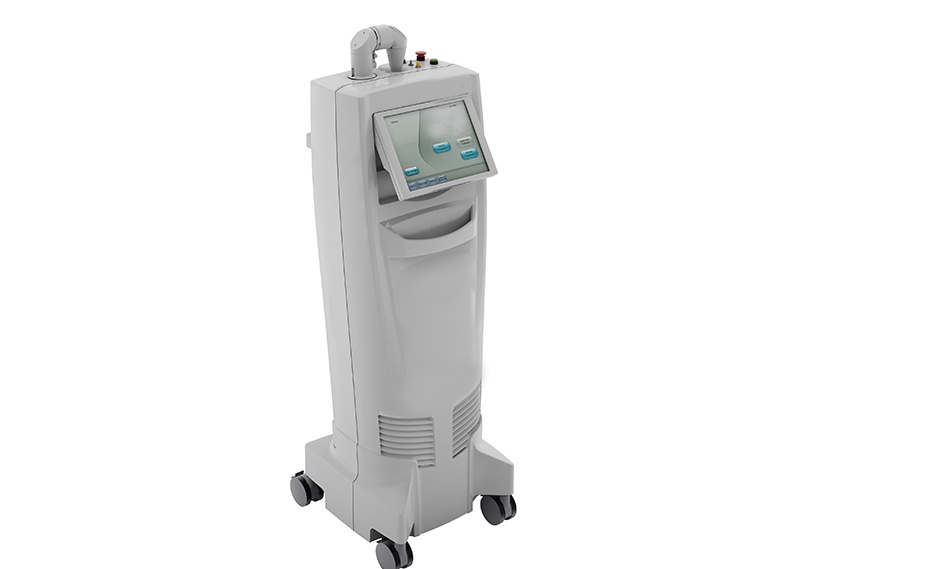
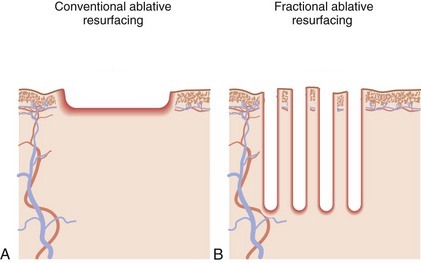
With fractional laser resurfacing the laser beam is broken up or fractionated, into many small microbeams. These microbeams are separated and thus, when they strike the skin surface, small areas of the skin between the beams are not hit by the laser and are left intact. These small areas of untreated skin promote a much more rapid recovery and healing with less risk of complications. The small areas treated by the fractional microbeams cause sufficient laser injury deep in the dermis to promote new collagen production and resultant facial skin rejuvenation. Advantages of this approach include preservation of the short recovery and low incidence of complications. Disadvantages include the need for more treatments.
Co2 laser has other many indications such as mole removal, treatment of xanthelasma or fat deposit on eyelids and treatment of scars.
Move the cursor to the right or left to see the images.
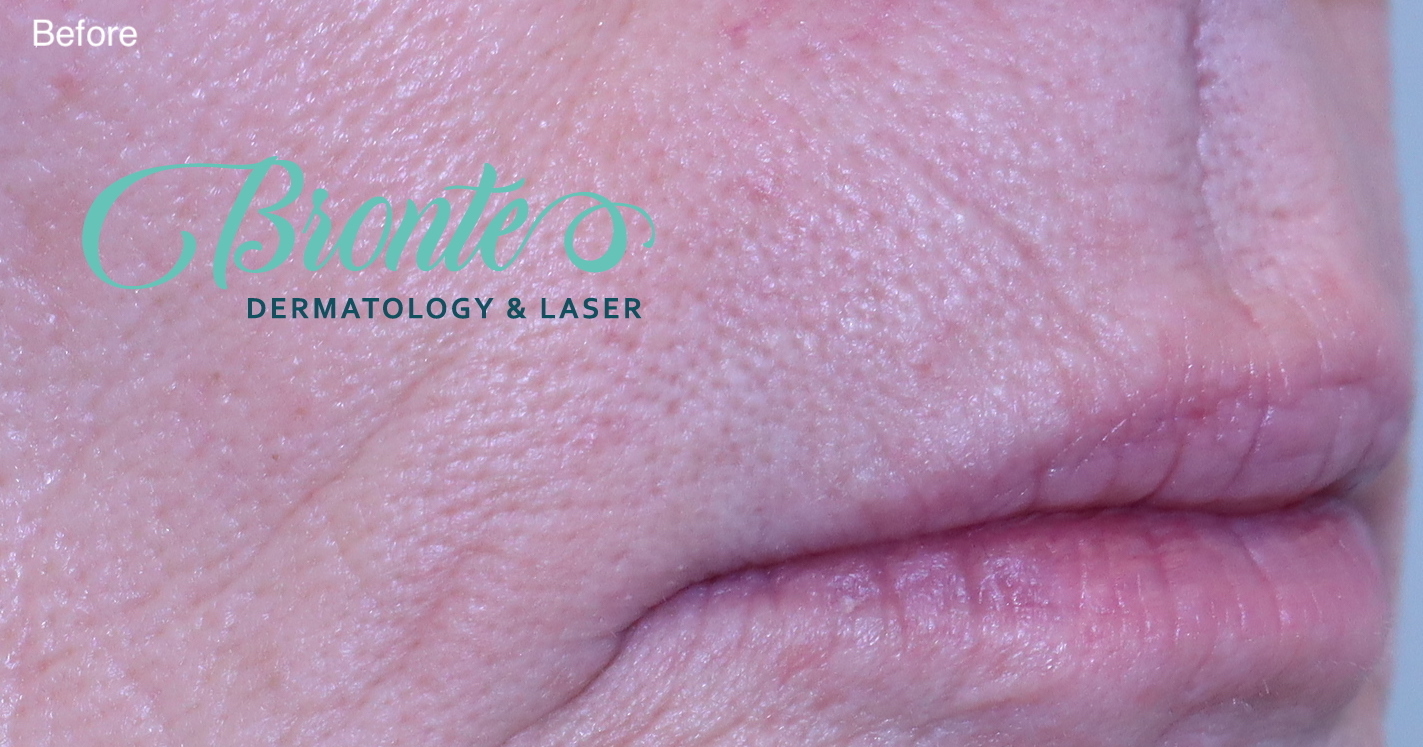
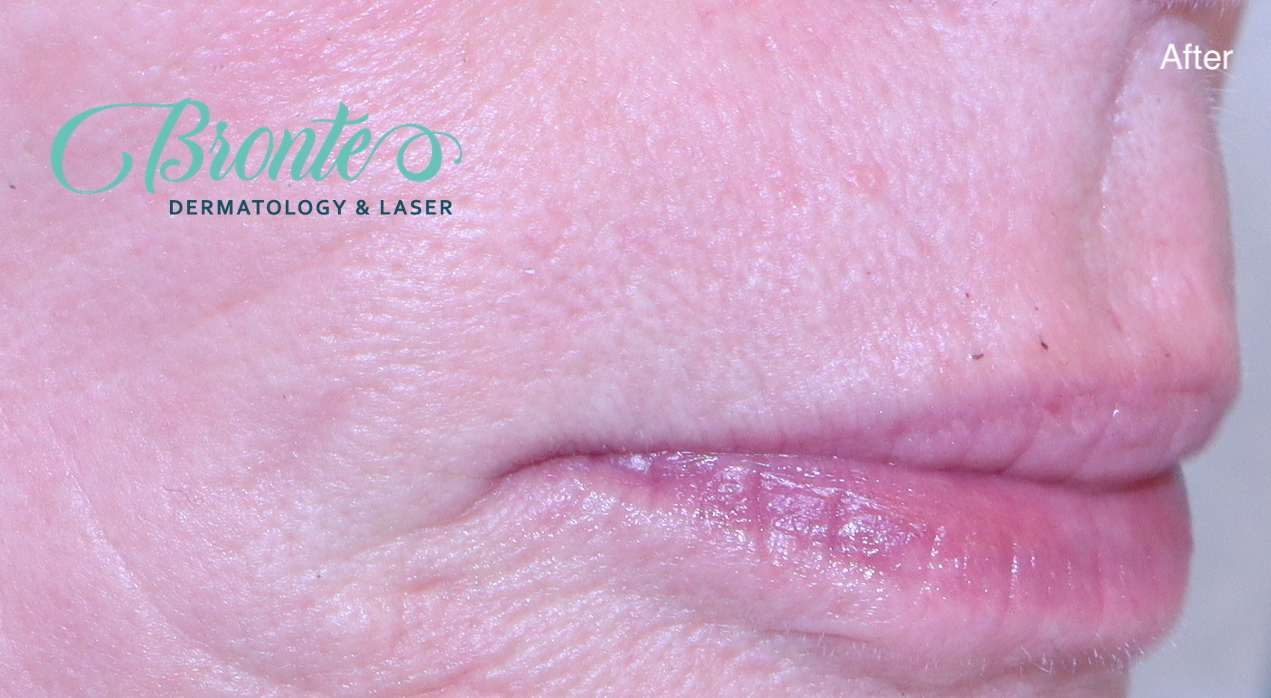
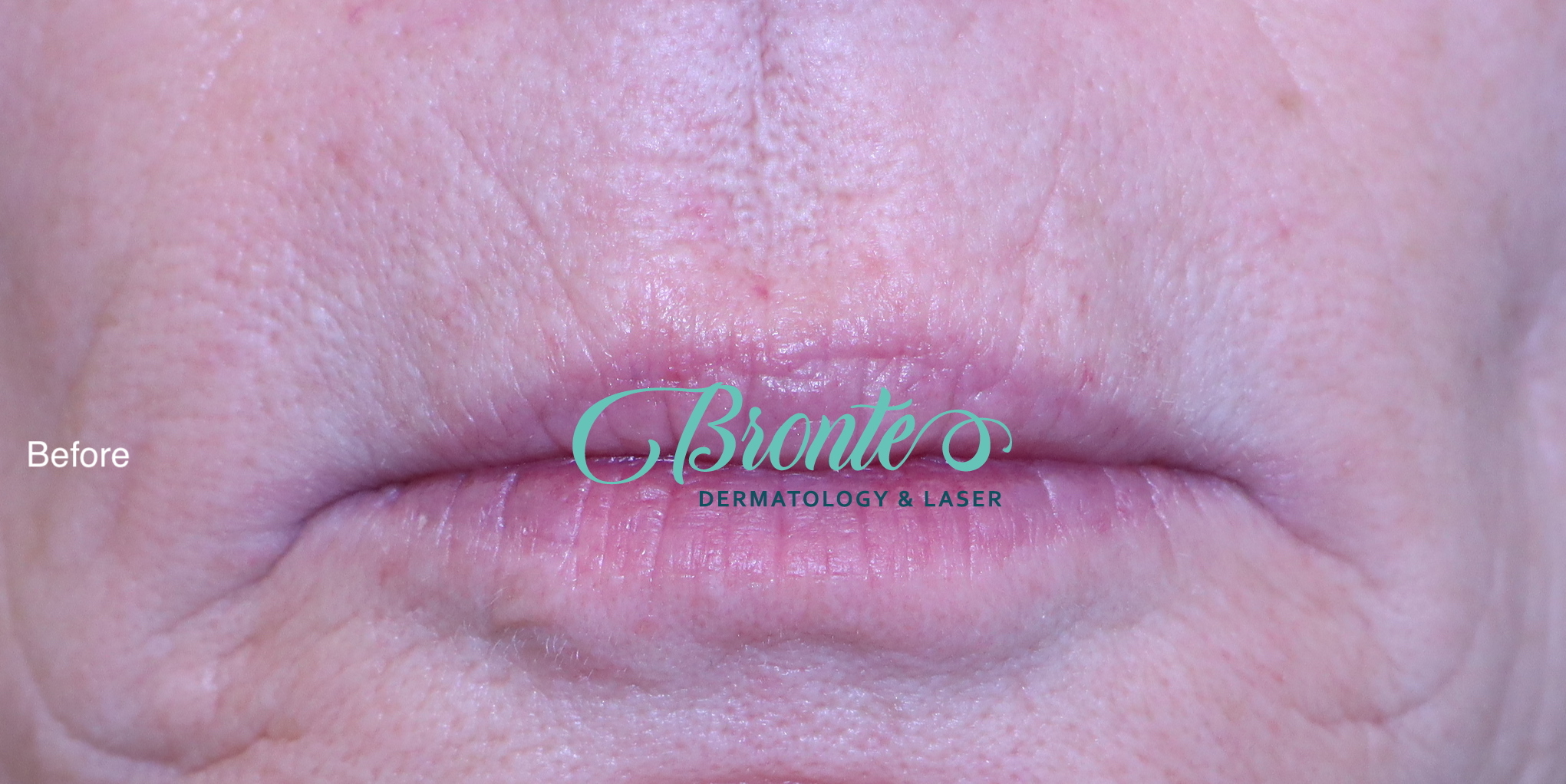
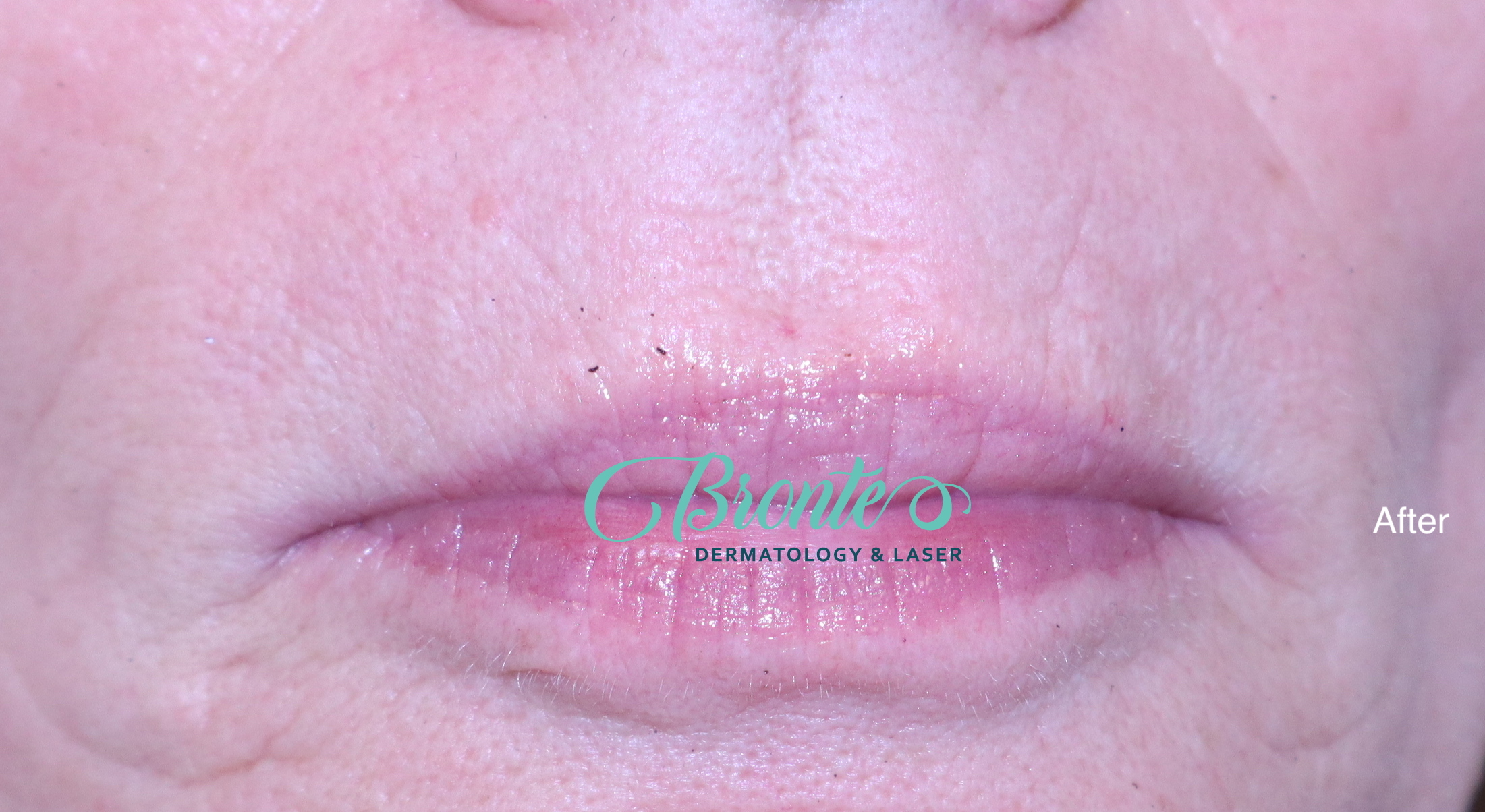
Before and 7 weeks after fractional Co2 laser treatment for perioral wrinkles.
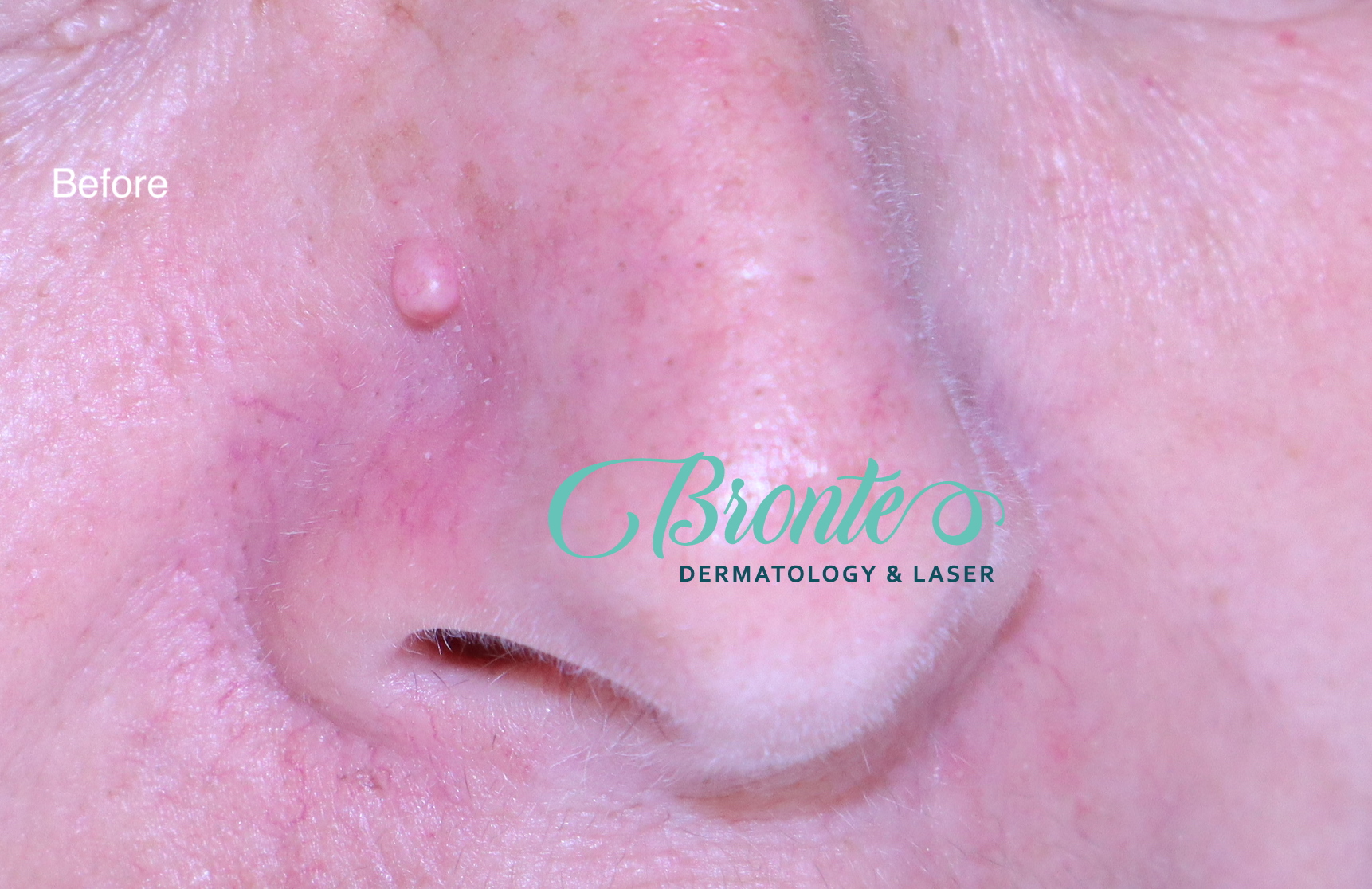
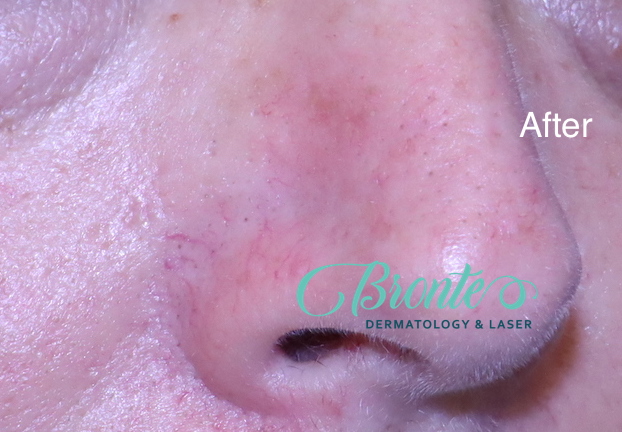
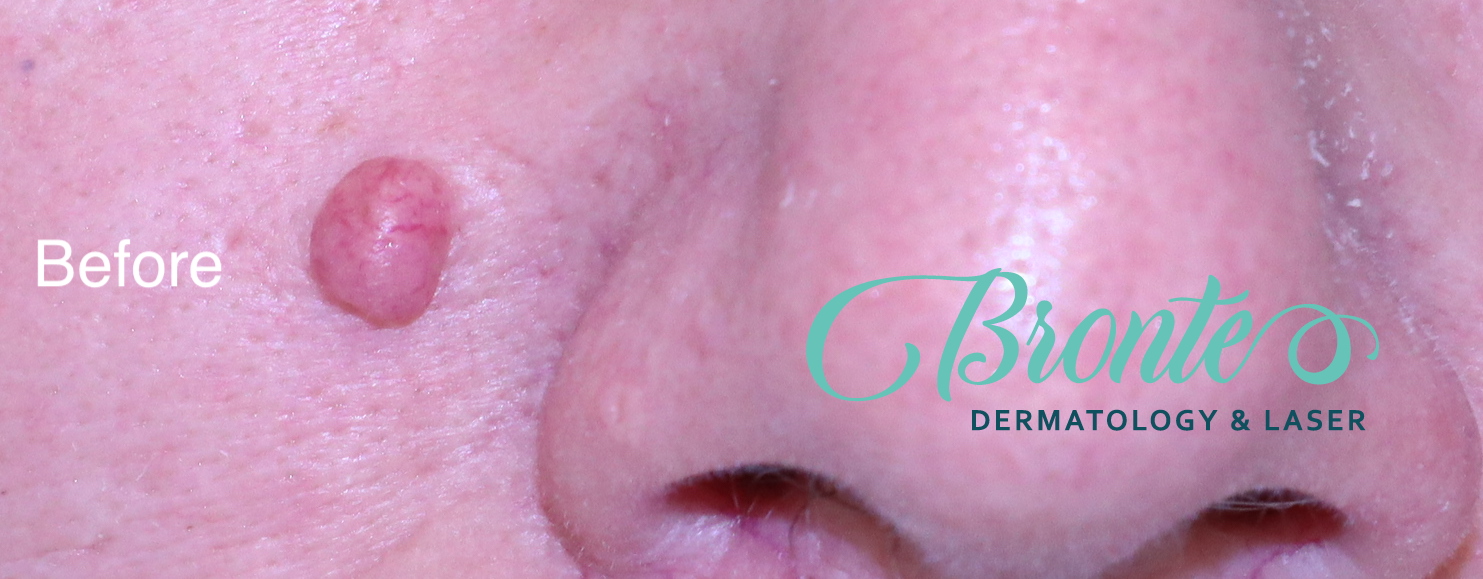
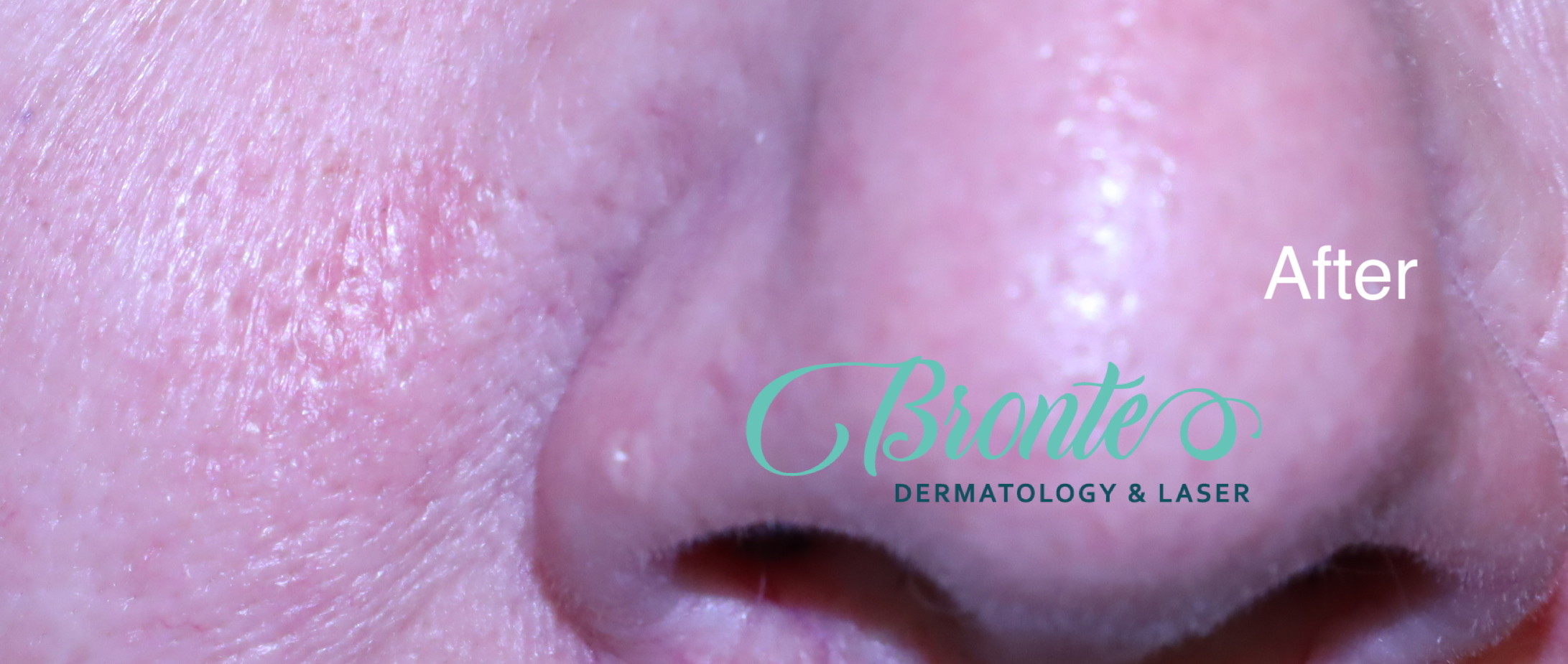
Before and after Co2 mole removal


Before and after Co2 laser treatment for xanthelasma (deposit of fat on the eyelids)
Q & A
Who can benefit from Co2 laser treatment?
CO2 laser treatment is indicated for the treatment of skin aging pathology including wrinkles, laxity of skin, moles, benign skin growth, xanthelasma, sun spots, multiple widespread actinic keratoses(precancerous lesions), sebaceous hyperplasia(enlarged oil glands), rhinophyma(enlargement of nose in rosacea), and traumatic, surgical or acne scarring. CO2 laser treatment is best limited to patients with fair skin because of the risk of discolouration and demarcation lines between treated and untreated skin in darker-skinned people.
What are the contraindication?
Contraindications include active infection, history of keloids (abnormal or excessive scarring), skin atrophy from previous laser resurfacing or chemical peel, significant psychopathology, unrealistic expectations, non-compliant patient, active acne, deficient wound healing, previously X-ray irradiation to the treatment area, electrolysis, patients with skin graft, use of anticoagulant medication, patients with previous deep laser or phenol peels or deep dermabrasion as appendages may be damaged and skin may not heal normally. Patients with a strong history of cold sores need a prophylaxis with antiviral to prevent recurrence.
How is the procedure done?
The first step is to have a consultation and discuss if you are a good candidate, your expectations, benefits and risks. Once you are ready, you can book your treatment conveniently. On the procedure day, treatment area is numbed using a topical or local anesthetic. The discomfort during procedure is usually minor and most patients do not feel much. During the treatment you may feel a warm sensation as the laser is applied but you should not feel any discomfort. Treatment can take 45- 60 min depending on the treatment area. After the procedure treatment area is red with minor oozing.
What to expect post procedure?
You will be given instruction as what to do post procedure. After laser treatment, it is generally recommended to use an ointment or dressing until epithelialization is complete, then a non-occlusive moisturizer lotion. Use of sunblock is mandatory for all laser patients after epithelialization is complete. Cold sore prevention is recommended for patients with strong history. Some patients who are prone to discolouration ( darkening of skin) may be pre and post treated with a bleaching regimen. Healing time can take approximately 10–14 days. The redness (erythema) on the treatment area typically lasts for few months.
When do I see the result?
In general, few weeks after the treatment you will begin to notice some improvement in wrinkles, fine lines, tone and texture or scar. You can expect to continue to see improvement for up to two years following the procedure. Please be advised that fractional treatment has shorter recovery time and low incidence of complications in comparison to full ablative laser treatment. However, multiple treatments are required to achieve the desired result. With each fractional treatment there is decrease in fine wrinkles and laxity of skin and improvement of scars.
What are some side effects of Co2 laser treatment including laser resurfacing?
Redness of treatment area (erythema) after laser resurfacing is a normal part of the inflammatory healing process. Some patients will experience an amount of erythema disproportionate to the treatment. They may be left untreated for the erythema to resolve spontaneously (which it will) or else they may be treated with a vascular laser or topical cream. Skin eruptions due to acne or milia are common following laser resurfacing which are generally temporary and resolve with minor treatment. Increased appearance of telangiectasia after laser resurfacing is common. This is due to eradication of overlying photodamage and unmasking of the vasculature.
Hypopigmentation (lightening of the skin) is a dreaded complication of deep laser resurfacing. However, it is very rare with fractional treatments. Postinflammatory hyperpigmentation (darkening of skin) is a common problem following laser resurfacing in darker skin types and in patients who have had early sun exposure. Scarring after laser resurfacing may occur owing to infection or even scratching by the patient. It is important to comply with post treatment instruction and report any incident immediately. After mole removal the treatment area could be slightly raised or indented. Additional treatments can be performed in a few months, if required.